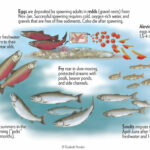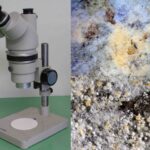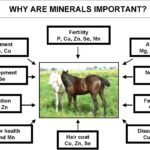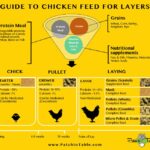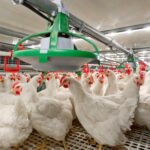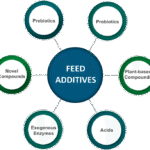Preservation methods of archanida
Preservation of arachnids is essential to maintain their structural integrity for scientific study and research. Different methods are used depending on the species, intended study type, and duration of preservation. Here are the most common techniques: 1. Alcohol Preservation • Method: Most arachnids are best preserved in 70-80% ethanol. o Use 95% ethanol initially if…

